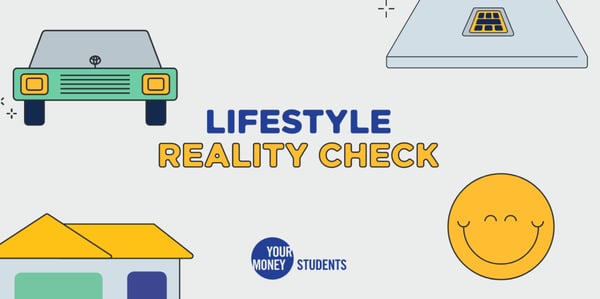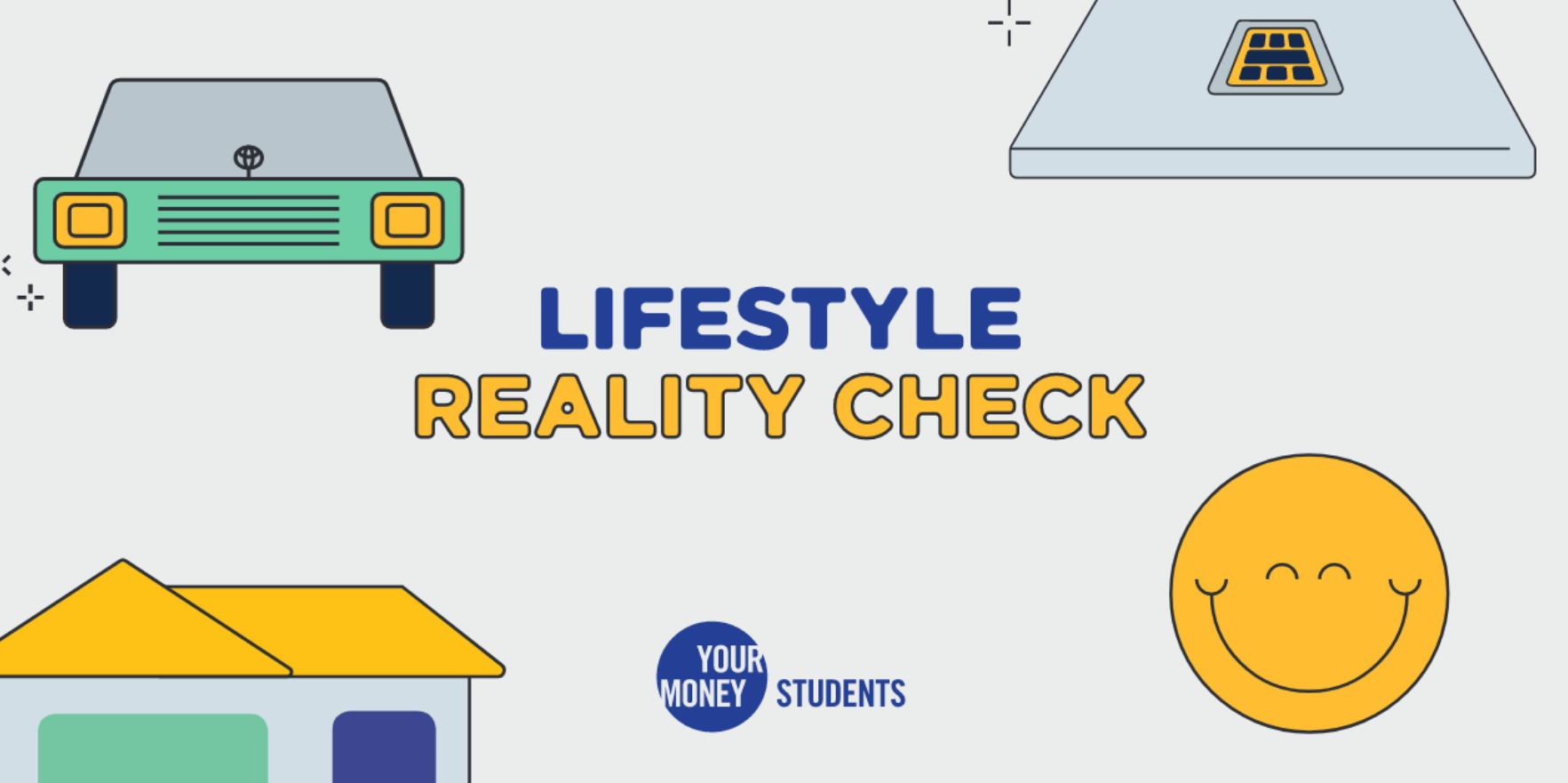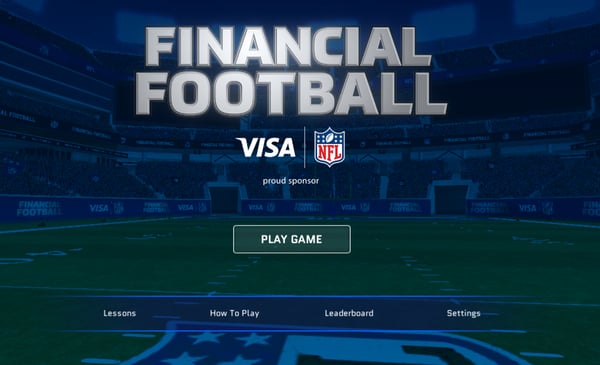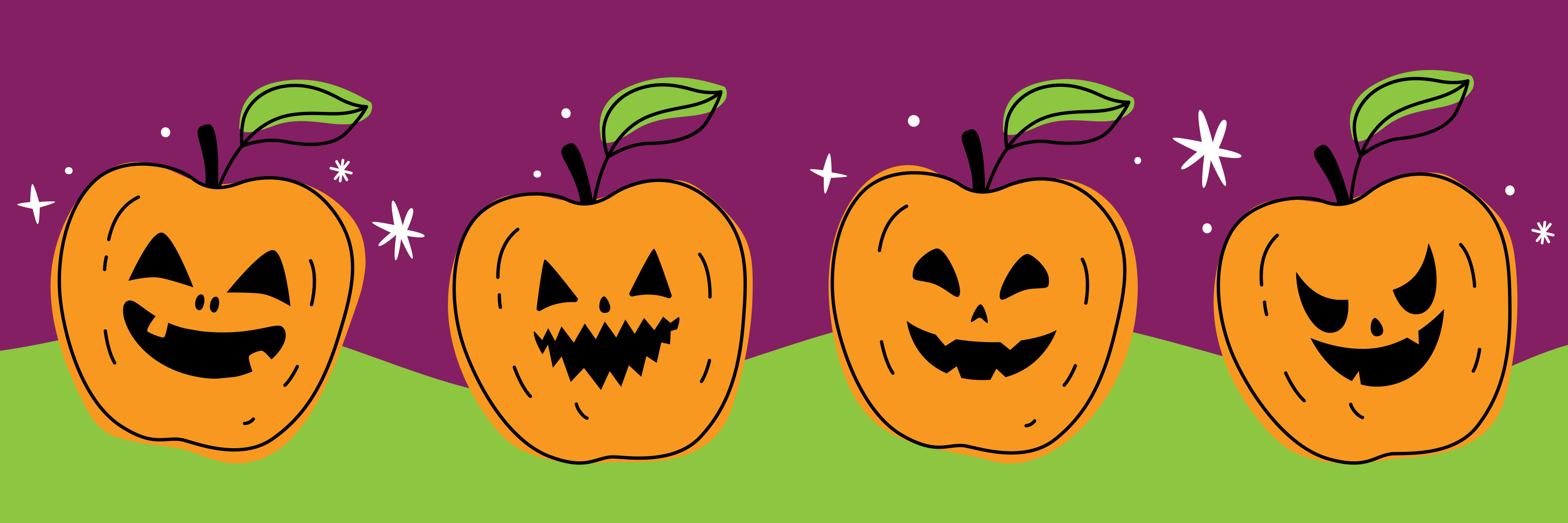Having basic financial skills is one of the most important things one can do to live a healthy, happy and secure life. Eventually, students may need a loan, own a credit card, or want to invest in the stock market and establishing good money habits at a young age can prove to be a big advantage later in life.
Use these resources to teach business and financial concepts in the classroom, allowing students the opportunity to make wiser financial decisions in their future!
From the history of Canadian currency to participating in a lifestyle reality check, use these resources to teach money concepts to your students.
History of Canadian Currency
It’s hard to imagine a world without money. Before money, people had to trade goods and services. This was difficult and inconvenient—imagine using cows to pay for clothes or paying your babysitter with wheat! Use this short clip to explore the interesting history and evolution of Canadian currency with your students. If you wish to go further in depth with your class, use this resource from The Bank of Canada highlighting how Canada handles money in the 21st Century.
Activity Idea: Following this guide, students will choose an iconic Canadian as a portrait subject for the Bank of Canada’s recent $5 bank note. They will then create a design for their proposal and present to the class. Inspired by the public nomination process, used for the first time to design the $10 bank note, featuring Viola Desmond, students receive the opportunity to explore historical significance, and apply historical thinking concepts included in many provincial and territorial curriculum.
Creating a Budget
Now that your students have some idea of where their money comes from, it is time to teach them how to manage it! Encourage your students to listen to these two short podcast episodes designed for teens, explaining exactly what a budget is, reasons they are important and strategies for managing one. Be sure to discuss with your class the impact spending may have on achieving future goals!
Activity Idea: Use this activity guide from Practical Money Skills to have your students create their very own mock budget for a fictional character. Students will then be given the opportunity to adapt their budget to varied spending scenarios and review budgeting terminology. If desired, students can also use this guide to determine their future goals, track personal spending, and create their own budget. When doing so, encourage students to keep in mind one of the budgeting strategies listed in the podcast above!
Reality Check?
 After discussing future goals with your classroom, have students use the Lifestyle Reality Check tool to discover which careers will allow them to afford their desired lifestyle. While local salaries, wages and lifestyle costs will vary depending on location, your students might just be surprised at how much life will cost!
After discussing future goals with your classroom, have students use the Lifestyle Reality Check tool to discover which careers will allow them to afford their desired lifestyle. While local salaries, wages and lifestyle costs will vary depending on location, your students might just be surprised at how much life will cost!
Consumer Choices on the Economy
Each of our individual actions contributes to the larger economy. From buying apples to buying houses, our economic decisions help shape the economy, which in turn helps shape the world around us. Your part in the economy, along with the Bank of Canada’s role, is explained in this animated video. Afterwards, ask your students to reflect on Canada’s current economy amidst the Covid-19 pandemic and lead discussions using this guide. You may also want to introduce students to other financial concepts such as foreign currencies or free trade using these lesson plans.
Keeping Personal Information Safe
As society’s dependency on the internet for financial interactions advances, creating a secure online presence becomes increasingly important. The sharing of personal information can become quite detrimental to a student’s safety and financial wellbeing, making it essential for students to understand digital tools and develop the skills they need to connect with and strengthen their networks.
Activity Idea: Have your students download the E-me: Building Financial Literacy app onto their tablet or phone. This app simulates a teenager’s real-world environment allowing students to learn how their choices in cyberspace will affect them as a consumer and a citizen. The app encourages students to make healthy choices about sharing their private information online and demonstrates the importance of protecting yourself on a largely public platform.
Introducing Entrepreneurship
It is vital to introduce kids to the concept of entrepreneurship, not only to help our students achieve their dreams and find successful careers, but also to ensure that our economy remains prosperous and stable for the long-term. Encourage your students to listen to Canadian start-up podcasts to inspire them to develop their entrepreneurial skills and possibly start their own business! Our favourites include I’ll Go Now, StartUp Canada and NPR’s How I Built This episode on Lululemon.
Making Finance Fun
As fascinating as we think finance is, we understand that the average student may not be begging for more financial education. Whether it's finance, science or history - kids learn best when they are engaged and having fun! Have your students try out Visa’s Financial Football, a trivia style game that can be adapted for students of all ages to learn key concepts about saving and spending, budgeting and the wise use of credit.
Alternatively challenge your class to a Kahoot! game to reinforce the key facts above surrounding money!
- Go to Kahoot.com
- Click "login" or "create account" on the top right
- Once logged in, go to the discover tab next to the home button
- In the search field, enter “Brightspark: Canadian Money Concepts”
- Click the “Brightspark: Canadian Money Concepts” Kahoot
- Hit “play” and select either Teach (live game where everyone plays at the same time) or Assign (students play at their own pace with a deadline attached to it)
- Send the link and pin to your students (students do not need an account to play)
If you are interested in providing your students with further financial insight, consider taking your class on a trip to Ottawa where students can visit the Bank of Canada Museum for a hands-on interactive experience combined with other attractions to meet curriculum needs.




![Hunt for Ghosts Across Canada [Classroom Resources]](https://www.brightsparktravel.ca/hubfs/BSCA-2022-Halloween-hero-BLOG.jpg)

![What Even is Hallowe’en? 🎃 [Classroom Resources]](https://www.brightsparktravel.ca/hubfs/halloween.jpeg)
